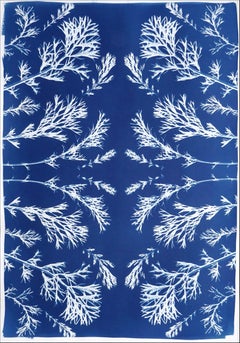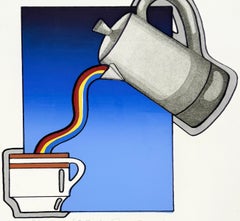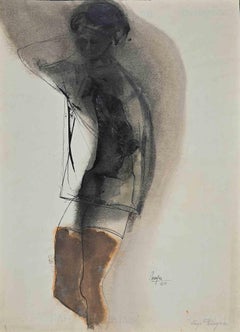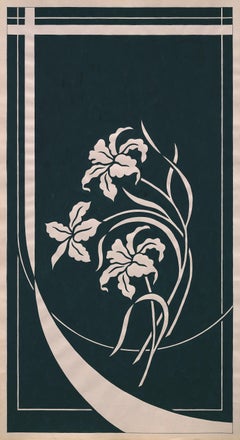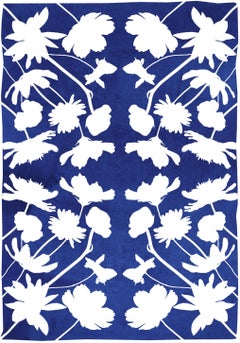Watercolor Still-life Prints
2010s American Modern Watercolor Still-life Prints
Emulsion, Watercolor, Paper, Lithograph
1980s American Modern Watercolor Still-life Prints
Watercolor, Laid Paper, Intaglio
1960s Modern Watercolor Still-life Prints
Watercolor, Ink
1970s Modern Watercolor Still-life Prints
Paper, Gouache
1950s Modern Watercolor Still-life Prints
Giclée, Watercolor
21st Century and Contemporary Contemporary Watercolor Still-life Prints
Archival Ink, Archival Paper, Photographic Paper, Archival Pigment, Giclée
21st Century and Contemporary Contemporary Watercolor Still-life Prints
Archival Ink, Archival Paper, Photographic Paper, Giclée, Archival Pigment
21st Century and Contemporary Contemporary Watercolor Still-life Prints
Archival Ink, Archival Paper, Photographic Paper, Giclée, Archival Pigment
21st Century and Contemporary Contemporary Watercolor Still-life Prints
Archival Ink, Archival Paper, Photographic Paper, Giclée, Archival Pigment
21st Century and Contemporary Contemporary Watercolor Still-life Prints
Archival Ink, Archival Paper, Photographic Paper, Giclée, Archival Pigment
2010s Contemporary Watercolor Still-life Prints
Giclée
1950s Modern Watercolor Still-life Prints
Lithograph
Early 2000s Performance Watercolor Still-life Prints
Paper, Color
1990s American Modern Watercolor Still-life Prints
Mezzotint
1990s American Modern Watercolor Still-life Prints
Paper, Ink, Etching
21st Century and Contemporary Surrealist Watercolor Still-life Prints
Gold Leaf
1980s Modern Watercolor Still-life Prints
Paper, Ink, Watercolor, Gouache
2010s Modern Watercolor Still-life Prints
Photographic Film, Emulsion, Watercolor, Archival Paper, Photographic Pa...
2010s American Modern Watercolor Still-life Prints
Photographic Film, Emulsion, Watercolor, Archival Paper, Photographic Pa...
2010s American Modern Watercolor Still-life Prints
Photographic Film, Emulsion, Watercolor, Archival Paper, Photographic Pa...
Mid-20th Century American Modern Watercolor Still-life Prints
Color, Drypoint, Watercolor
1910s American Modern Watercolor Still-life Prints
Drypoint, Watercolor
1920s American Modern Watercolor Still-life Prints
Drypoint, Watercolor
1930s American Modern Watercolor Still-life Prints
Drypoint, Watercolor, Color
